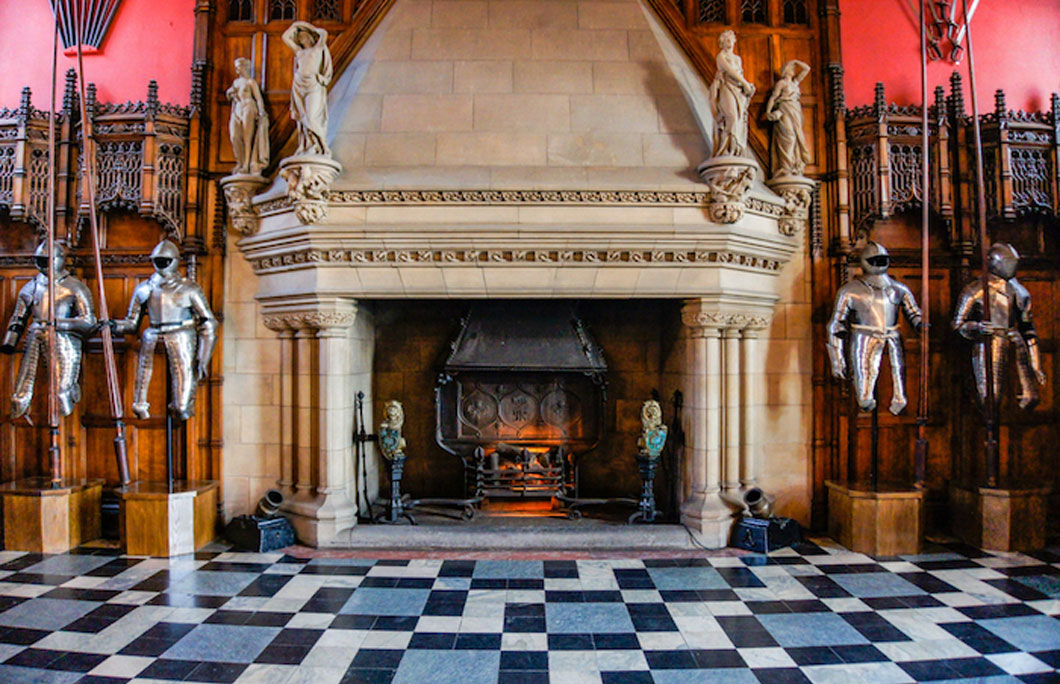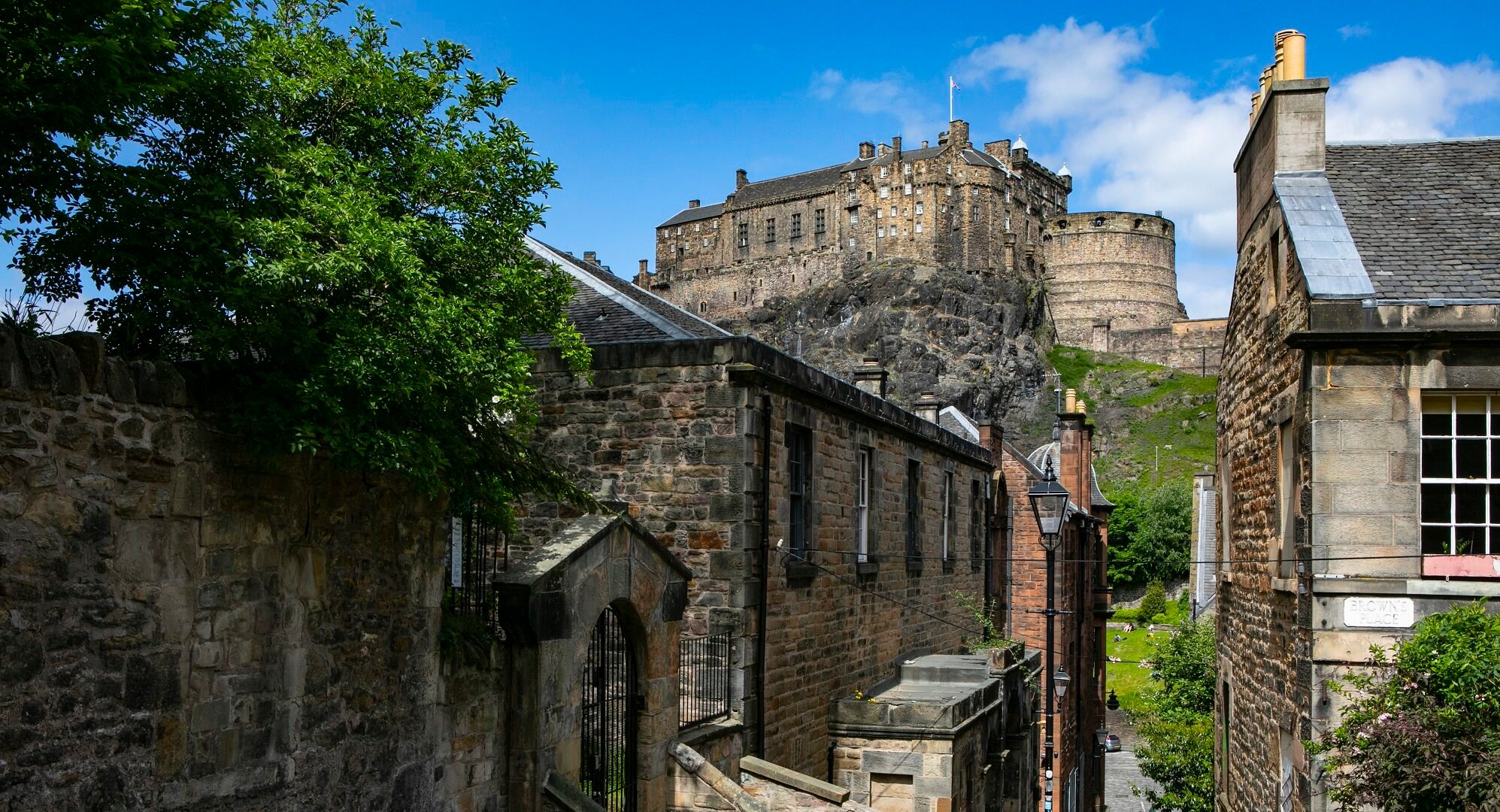Perched high on Castle Rock, overlooking the city of Edinburgh, Edinburgh Castle is one of Scotland’s most iconic landmarks. The site has been occupied since at least the Iron Age, making it one of the oldest continuously inhabited sites in the country. The castle itself has been a royal residence since at least the 11th century, during the reign of Malcolm III, and it remained a royal home until 1633. Over the centuries, its role evolved from a royal residence to a military garrison, reflecting its strategic importance in Scotland’s history.

Edinburgh Castle has been central to many of the country’s most significant historical events. It has served as a royal residence, an arsenal, a treasury, a national archive, a mint, a prison, and a military fortress. It has also been home to the Honours of Scotland, the oldest crown jewels in the British Isles. The castle’s strategic position made it a coveted prize, leading to its involvement in numerous conflicts, from the Wars of Scottish Independence in the 14th century to the Jacobite rising of 1745. In fact, research conducted in 2014 identified 26 sieges over its 1,100-year history, making it one of the most besieged places in Great Britain and one of the most attacked in the world.

Despite the many conflicts it has witnessed, some of the castle’s oldest structures have survived. St. Margaret’s Chapel, built in the early 12th century, is the oldest building in Edinburgh and serves as a poignant reminder of the castle’s long history. Other notable buildings include the Royal Palace and the Great Hall, which date back to the early 16th century. The castle also houses the Scottish National War Memorial and the National War Museum, further cementing its role as a symbol of Scotland’s military heritage.

Today, Edinburgh Castle is Scotland’s most visited paid tourist attraction, drawing over 2.2 million visitors in 2019. It plays a key role in the annual Edinburgh Festival, serving as the backdrop to the Royal Edinburgh Military Tattoo, and has become a symbol of Edinburgh and Scotland worldwide. Managed by Historic Environment Scotland, the castle remains under the care of the British Army for ceremonial purposes, serving as the regimental headquarters of the Royal Regiment of Scotland and the Royal Scots Dragoon Guards, whose regimental museums are housed within its walls.


